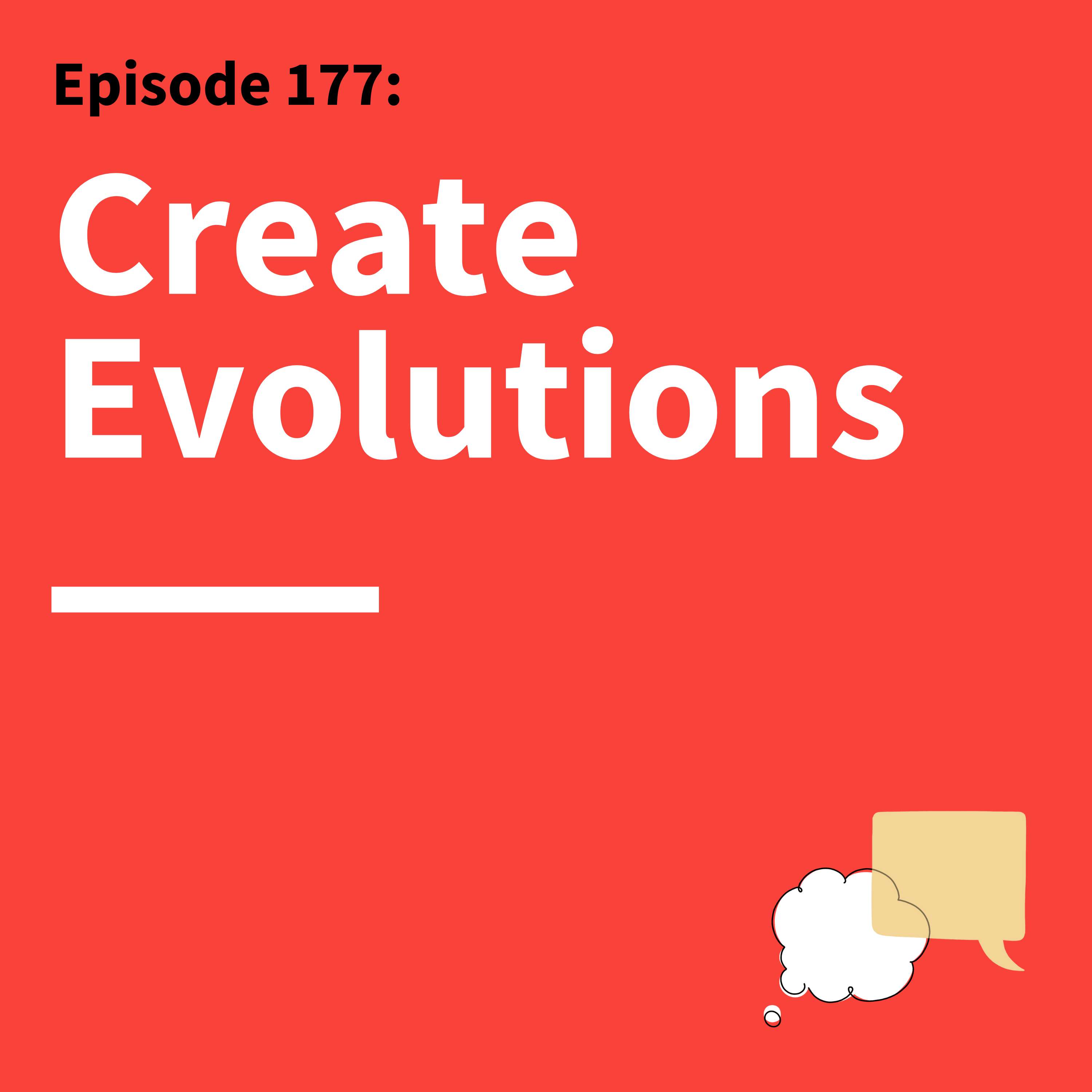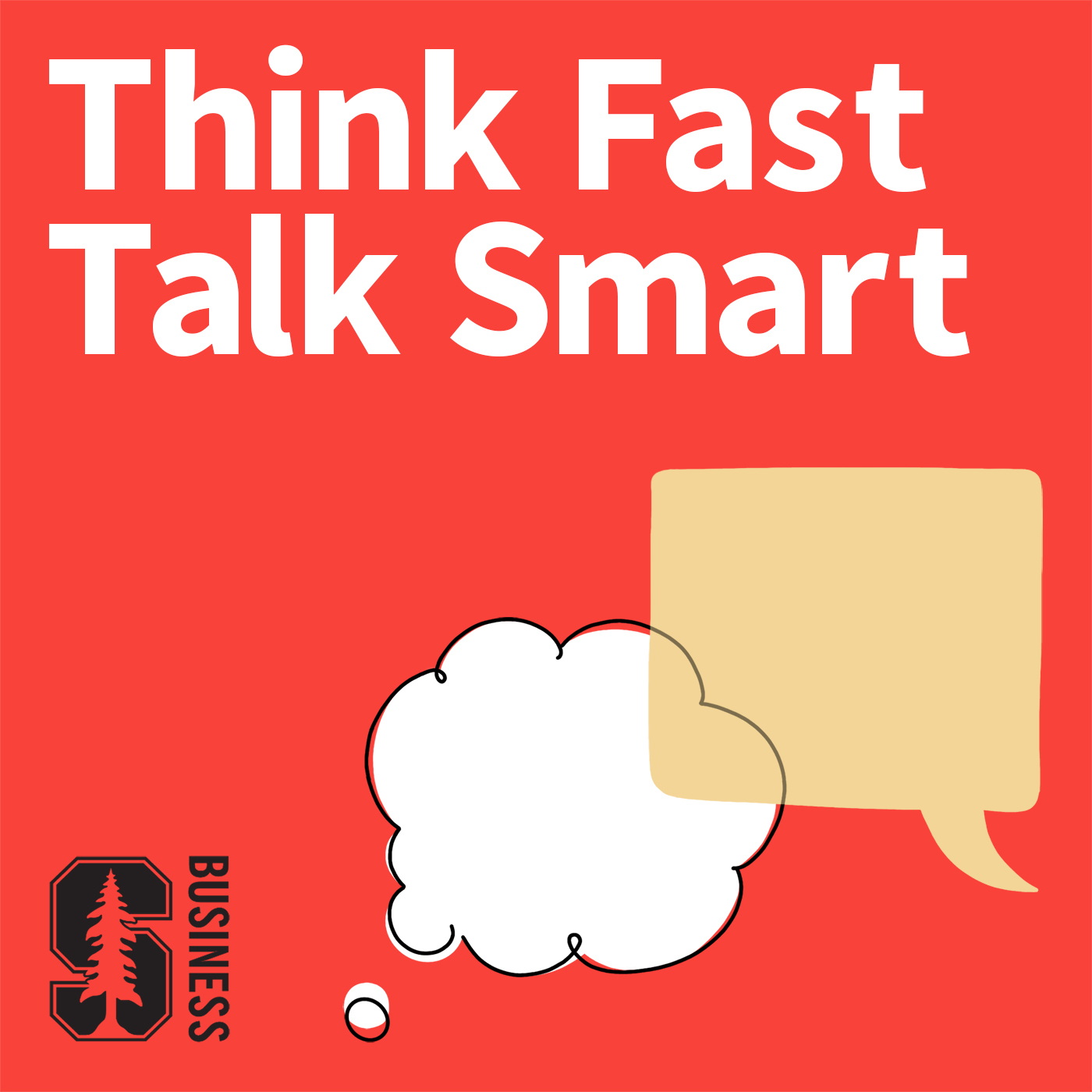
177. Don’t Resolve, Evolve: Top 10 Lessons For 2025

Think Fast, Talk Smart: Communication Techniques
Deep Dive
What is 'generous authority' and how can it improve gatherings?
Generous authority is the practice of using a host's power to benefit the group, ensuring the gathering achieves its purpose. It involves three key actions: connecting guests to each other and the purpose, protecting guests from each other, and temporarily equalizing them by setting norms. This approach fosters collaboration, information exchange, and smoother meetings by balancing warmth and strength.
How does pre-suasion influence decision-making?
Pre-suasion involves subtly directing people's attention to contextual cues that prime them toward a persuasive goal. For example, playing French music in a wine shop increased the likelihood of customers buying French wine. This technique works by making specific ideas more accessible in consciousness, influencing decisions before the actual persuasive message is delivered.
What is the 'trust loudly' technique and why is it effective?
Trust loudly involves explicitly telling someone you trust them and explaining why. This technique strengthens relationships and encourages reciprocity, as it empowers others to step up and become trustworthy. It also fosters deeper connections by making trust a visible and intentional act.
How does room design impact communication?
Room design, including seating arrangements, access to screens, and virtual backgrounds, significantly influences communication dynamics. Movable furniture and thoughtful setups can encourage collaboration and creativity. For example, removing phones from a meeting space signals focus and presence, enhancing the quality of interaction.
Why does brevity convey conviction in communication?
Brevity demonstrates focus and respect for the audience's time, making communication more impactful. It avoids overwhelming listeners with excessive detail or data dumps, ensuring the message is clear and concise. This approach is particularly effective in high-stakes or professional settings.
How do metaphors shape our behavior in negotiations?
Metaphors frame how we perceive and act in situations. For example, framing a negotiation as a 'puzzle to solve' encourages creativity and collaboration, while a 'battle' metaphor can lead to adversarial behavior. Choosing the right metaphor aligns with the context and fosters more effective communication.
What does 'taking space with words' mean in communication?
Taking space with words involves speaking slowly, deliberately, and pausing to emphasize points. This technique signals authority and helps the speaker command attention. It also allows the audience to absorb and reflect on the message, making communication more impactful.
What is the HEAR method for managing conflict?
The HEAR method is an acronym for Hedging, Emphasizing agreement, Acknowledging, and Reframing to the positive. It helps maintain neutrality and openness during conflicts by introducing uncertainty, finding common ground, paraphrasing the other person's perspective, and framing responses positively to avoid negativity.
How can AI improve communication through conversation?
Engaging AI in a conversational back-and-forth, using voice messages instead of typing, maximizes its value. This approach allows for more detailed and focused outputs, as AI can transcribe and respond to spoken prompts. Different AI models also offer varied 'personalities' and capabilities, enhancing the interaction.
Why is avoiding jargon monoxide important in communication?
Jargon monoxide, or the overuse of technical terms and acronyms, can confuse and alienate audiences. Simplifying language ensures clarity and accessibility, making communication more effective. For example, replacing 'foster superior customer service' with 'put a smile on a customer's face' makes the message easier to understand and act upon.
- Generous authority balances warmth and strength in facilitation.
- Prioritizing respect over being liked leads to smoother interactions.
- Three parts of generous authority: connecting guests, protecting guests, and temporarily equalizing them.
Shownotes Transcript
Ten essential communication strategies designed to elevate your skills.
2024 has been an incredible year for learning and growth, and as we head into 2025, there’s no better time to reflect on the skills and strategies that can shape our communication and careers. In this special episode of Think Fast, Talk Smart), Matt Abrahams takes us through ten standout lessons from the past year. These aren’t just ideas to remember — they’re practices to evolve with. From Priya Parker’s insights on generous authority to Huggy Rao’s call to cut through jargon monoxide, each concept highlights how small shifts in mindset and behavior can lead to big transformations. With actionable advice and real-world examples, this episode is packed with inspiration to help you Think Fast, Talk Smart, and communicate better in the year ahead.
Thank you to our Sponsor Superhuman) for offering the TFTS community one month free).
Episode Reference Links:
- Ep.174 Fix Meetings: Transform Gatherings Into Meaningful Moments)
- Ep.164 Using "Pre-suasion" to Influence Others)
- Ep.158 Hope for Cynics: Building Trusting Relationships through Communication)
- Ep.156 Creative Communication: How Our Design Choices Illustrate Our Values)
- Ep.148 Conviction and Compassion: How to Have Hard Conversations)
- Ep.142 Power and Persuasion: Live Insights from Stanford Experts)
- Ep.137 When Words Aren’t Enough: How to Excel at Nonverbal Communication)
- Ep.138 Speak Your Truth: Why Authenticity Leads to Better Communication)
- Ep.134 How to Chat with Bots: The Secrets to Getting the Information You Need from AI)
- Ep.131 Friction Fixing: How to Use Obstacles to Your Advantage)
- Ep.120 A Few of Matt’s Favorite Things: 10 Communication Takeaways from 2023's TFTS Episodes)
Connect:
- Premium Signup >>>> Think Fast Talk Smart Premium)
- **Email Questions & Feedback **>>> [email protected]
- Episode Transcripts >>> Think Fast Talk Smart Website)
- Newsletter Signup + English Language Learning >>> FasterSmarter.io)
- Think Fast Talk Smart >>> LinkedIn), Instagram), YouTube)
- Matt Abrahams >>> LinkedIn)
Chapters:
(00:00) - Introduction
(02:23) - Priya Parker: Gatherings And Generous Authority
(04:29) - Robert Cialdini: Pre-Suasion
(06:15) - Jamil Zaki: Trust Loudly
(07:28) - Scott Dorley: Design Your Environment
(09:54) - Irv Grousbeck: Brevity Conveys Conviction
(11:23) - Michele Gelfand: Mind Your Metaphors
(12:53) - Dana Carney: Take Space With Words
(14:23) - Julia Minson: Use Hear When In Conflict
(16:59) - Jeremy Utley And Kian Gohar: How To Chat With Bots
(18:38) - Huggy Rao: Avoid Jargon Monoxide
(20:44) - Conclusion
********Become a Faster Smarter Supporter by joining TFTS Premium).
Take advantage of our Sponsor offer from Superhuman)